At Raffles Sentosa Singapore, Yabu Pushelberg has crafted a narrative-driven resort experience where heritage, landscape and quiet luxury intertwine to create a deeply immersive retreat.

May 28th, 2025
Nestled into the undulating landscape of Sentosa Island, Singapore, Raffles Sentosa Singapore feels more like a secret garden than a hospitality destination. Designed by the internationally acclaimed studio, Yabu Pushelberg, the resort redefines luxury by turning inward – not to seclusion, but to the layered richness of experience.
Rather than the overt formality that often defines heritage hotels, George Yabu and Glenn Pushelberg opted for an approach that is more fluid, more immersive. “We aimed to create an experience that unfolds like a story – effortless yet grand, intimate yet expansive,” the designers explain. That narrative begins not with architecture, but with the land itself.

The genesis of the masterplan was a century-old heritage tree that stands sentinel at the heart of the site. “Dating back to around the time the original Raffles Hotel was built, it became a symbolic anchor,” say Yabu and Pushelberg. This living relic served not just as a poetic reference point but as a literal axis around which the resort unfolds.
Instead of defaulting to a beachfront layout, the designers took cues from the island’s natural contours. The resort embraces the jungle, not the sea, with villas, pathways and communal spaces woven organically into the landscape. “We positioned the resort to preserve its presence,” they note, “ensuring it remains a constant reference point within the landscape.”
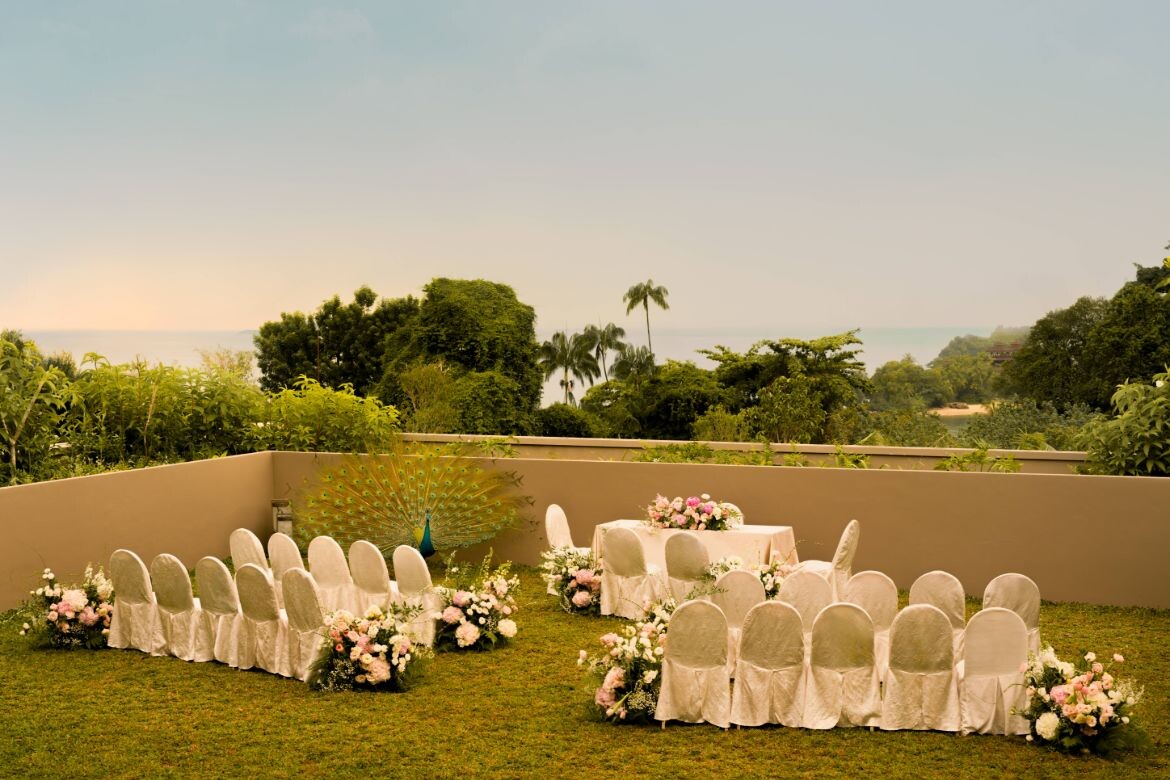
Each of the 62 villas was individually placed to take advantage of the topography, affording privacy and distinct views. The movement through the site is intentionally varied – sometimes meandering, sometimes direct – so guests experience a rhythm that mirrors the natural environment.
The result is a kind of spatial choreography that feels both intuitive and surprising.

Raffles Sentosa avoids the flashiness often associated with ultra-luxury destinations. Instead, it offers quiet opulence: travertine and French oak surfaces, hand-painted murals, and expressive floral textiles echo the tropical surroundings. The palette is a sensory one – textural, tactile and intentionally subdued.
“We worked with a natural material palette to harmonise with the resort’s surroundings,” the designers share. “Materials were selected not only for their visual appeal but also for how they interact with light and space.” This approach is particularly evident in the villas, where rattan and traditional craft elements evoke a sense of locality, yet are rendered with the restraint and elegance of modern minimalism.
Related: The Standard, Singapore

Lighting becomes a narrative device in itself. As night falls, the jungle becomes a living backdrop. Strategic illumination reveals layers of undergrowth, casting shadow and glow in equal measure. The boundaries between indoor and outdoor blur, as if architecture itself dissolves into the landscape.
Though resolutely modern in execution, the resort carries the DNA of the original Raffles Singapore. The team resisted literal mimicry in favour of atmospheric homage. Grace and refinement are reinterpreted through contemporary lenses: patterned screens nod to the iconic arches of the original façade, while Southeast Asian motifs are abstracted into fluid forms.



“We focused on capturing the spirit – grace, refinement and a welcoming sense of hospitality – while reinterpreting these qualities for a tropical setting,” say the designers. “We designed for those who appreciate both heritage and modernity – guests who seek refinement without formality.”
Indeed, one of the most stand-out qualities of Raffles Sentosa Singapore is its approach to luxury. The resort does not announce, but rather reveals it gradually. Yabu Pushelberg’s signature is everywhere, but never dominant. Every detail, from wayfinding to landscaping by P Landscape, contributes to a sense of intentionality without imposition.
The art programme, curated by Hanabi: Art and Artists, further grounds the experience in a dialogue between place and perception. In the end, Raffles Sentosa is more than a resort – it is an ecosystem of design decisions that prioritise narrative over novelty. It doesn’t just offer a place to stay; it offers a story to inhabit. And like any good story, it lingers long after the last page is turned.
Yabu Pushelberg
yabupushelberg.com







INDESIGN is on instagram
Follow @indesignlive
A searchable and comprehensive guide for specifying leading products and their suppliers
Keep up to date with the latest and greatest from our industry BFF's!
The new range features slabs with warm, earthy palettes that lend a sense of organic luxury to every space.
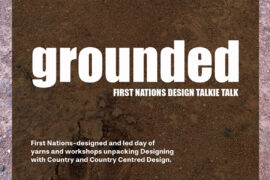
Several design groups are coming together on 29th October, 2025 for ‘grounded,’ a day of talks and workshops on Country-centred design.
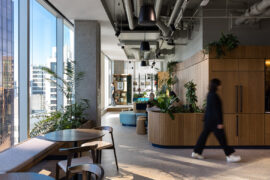
In Auckland, Wingates designs a new headquarters for a specialist investment firm focused on future growth, biophilia and collaborative work.
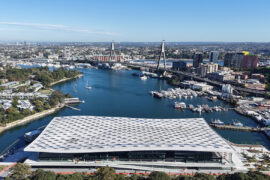
With a date now set for January 2026, Sydney’s landmark project is taking shape as a significant and welcome addition to civic life in the city.
The internet never sleeps! Here's the stuff you might have missed

Krost’s new Ace height-adjustable system challenges convention with the world’s thinnest column profile, engineered for design-led workspaces.
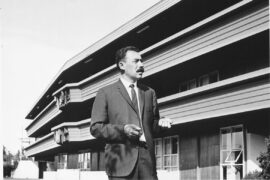
A retrospective at Canberra Museum + Gallery honours Enrico Taglietti, shaping the exhibition through his own design principles.
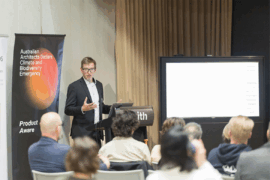
In a landscape clouded by data and greenwash, Product Aware offers architects and designers a common language for sustainability. Embraced by suppliers – including Milliken – it is setting a new benchmark for trust and bringing clarity and accountability to material specification.